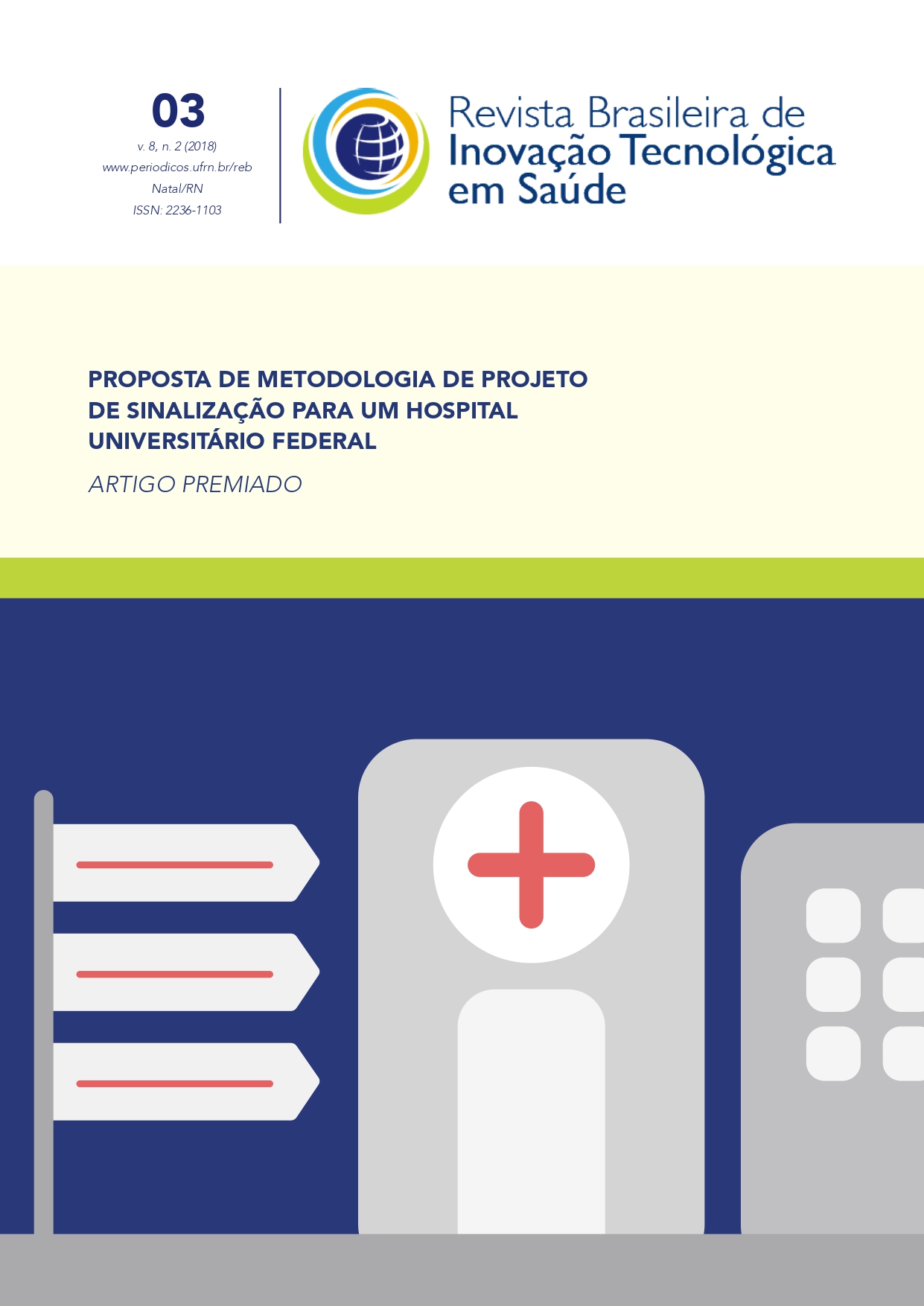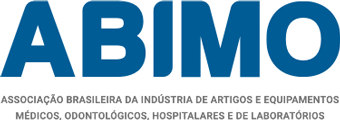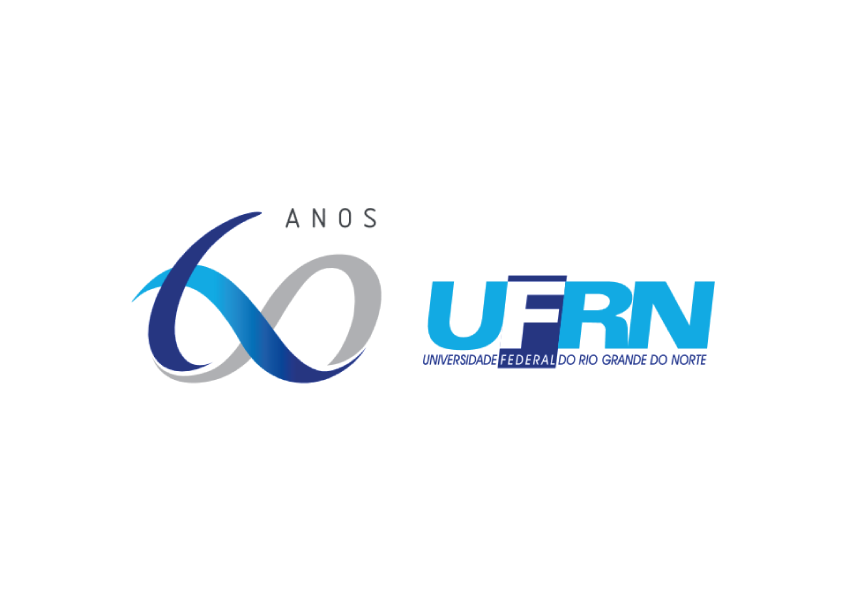TRATAMENTO DE SUPERFÍCIES DE TITÂNIO POR OXIDAÇÃO À PLASMA ELETROLÍTICO PARA USO BIOMÉDICO
DOI:
https://doi.org/10.18816/r-bits.v8i3.13623Resumo
Os implantes biomédicos surgiram para solucionar diversos problemas na área da saúde, principalmente na reabilitação de pacientes, através de Implantes Odontomédicos, melhorando a qualidade de vida. Na busca por superfícies de implantes que supram a necessidade de obter uma rápida osseointegração em áreas de baixa densidade óssea, inúmeras pesquisas têm sido desenvolvidas para modificar a morfologia superficial. Há vários processos que envolvem métodos mecânicos, químicos e físicos, objetivando os mais variados graus de texturas. Dentre eles existe a Oxidação por Plasma Eletrolítico (Plasma Eletrolytic Oxidation - PEO). Com o intuito de resolver o problema, foi utilizado o PEO como método de tratamento de superfícies. Tratou-se 18 cilindros de titânio grau II, com 3 mm de diâmetro e 25 mm de comprimento. O tempo de tratamento utilizado foi de 1, 8 e 16 minutos. A solução eletrolítica estava na temperatura ambiente e a tensão aplicada foi de 290 V. Após os tratamentos, as amostras foram caracterizadas por Fluorescência de Raios-X (FRX), Microscopia Ótica (MO), Microscopia Eletrônica de Varredura (MEV) e por Espectroscopia de Raios-X e Energia Dispersiva (EDS). Em seguida foi feito Microscopia de Força Atômica (AFM) para caracterização da textura superficial. Realizou-se ainda a inspeção visual e ensaios de molhabilidade. Identificou-se neste trabalho através das análises químicas pela Fluorescência de Raios-X a presença do TiO2 na superfície da amostra. Verificou-se no MEV que os revestimentos exibem uma característica porosa, apresentando uma interface bem aderida e sem presença de espaços vazios. Nas imagens do AFM observou-se que com o aumento do tempo de tratamento houve uma maior rugosidade e aumento da homogeneidade da distribuição dos cristais cerâmicos na superfície. Nos ensaios de molhabilidade apresentaram um ângulo de molhamento menor para as amostras com o tratamento por PEO com tempo de 1 e 8 minutos. Conclui-se que a técnica por Oxidação por Plasma Eletrolítico mostrou-se eficaz na deposição de um revestimento cerâmico na superfície da liga de titânio.
Downloads
Referências
. RAJ, V., MUBARAK ALI, M. Formation of ceramic alumina nanocomposite coatings on aluminium for enhanced corrosion resistance. Journal of Materials Processing Technology, v. 209, p. 5341–5352, 2009.
. WISMEYER, D.; van WASS, M.; VERMEEREN, J.I. Overdentures supported by ITI implants: A 6,5-year evaluation of patient satisfaction and prosthetic aftercare. Int. J. Oral Maxillofac. Impl., v.10, n.6, p.744-749, 1995.
. PULEO, D.A.; NANCI, A.; Understanding and controlling the bone-implant interface. Biomaterials, v.20, n.23-24, p.2311-2321, 1999.
. PIRES, A. L. R.; BIERHALZ, A. C. K.; MORAES, A. M.; Biomateriais: Tipos, aplicações e mercado. Química Nova, vol. 38, n. 7, p. 957-971, 2015.
. BECK, U.; LANGE, R.; NEUMANN, H. G. Micro-plasma textured Ti implant surfaces. Biomolecular Engineering, v. 24, n. 1, p. 47–51, 2007. ISSN 1389-0344.
. KASEMO, B. Surface Science, vol. 500, p. 656, 2002.
. SILVA, M. A. M.; GUERRA NETO, C. L. B.; NUNES FILHO, A.; FREITAS, D. O.; BRAZ, D. C.; ALVES JR, C. Influencie of topography on plasma treated titanium surface wettability. Surface & Coatings Technology, v. 235, p. 447-453, 2013.
. BECKER, W. et al. Survival rates and bone level changes around porous oxide coated implants (tiunite). Clinical implant dentistry and related research, Wiley Online Library, v. 15, n. 5, p. 654–660, 2013.
. SCHWARTZ, Z. & BOYAN, B.D. Underlying mechanisms at the bone-biomaterial interface. J. Cell Biochem., v.56, n.3, p.340-347, 1994.
. DEHNAVI, V. et al. E?ect of duty cycle and applied current frequency on plasma electrolytic oxidation (PEO) coating growth behavior. Surface and Coatings Technology, v. 226, p. 100–107, 2013. ISSN 0257-8972
. ALVES JR, C.; GUERRA NETO, C. L. B.; MORAIS, G. H. S.; SILVA, C. F.; HAJEK, V. Nitriding of titanium disks and industrial dental implants using hollow cathode discharge. Surface & Coatings Technology, v. 194, p. 196-202, 2005.
. DZHURINSKIY, D. et al. Characterization and corrosion evaluation of TiO2:n-HA coatings on titanium alloy formed by plasma electrolytic oxidation. Surface and Coatings Technology, v. 269, n. Supplement C, p. 258–265, 2015.
. SRINIVASAN P. B., BLAWERT C., DIETZEL W. Dry sliding wear behaviour of plasma electrolytic oxidation coated AZ91 cast magnesium alloy, Wear, v. 266, p.1241–1247, 2009.
. WANG, Y. et al. Preparation and properties of plasma electrolytic oxidation coating on sandblasted pure titanium by a combination treatment. Materials Science and Engineering: C, v. 42, n. Supplement C, p. 657–664, 2014. ISSN 0928-4931
. HARIPRASAD, S. et al. Role of electrolyte additives on in-vitro corrosion behavior of DC plasma electrolytic oxidization coatings formed on Cp-Ti. Surface and Coatings Technology, v. 292, p. 20–29, 2016. ISSN 0257-8972.
. WHEELER, J. M. et al. Evaluation of micromechanical behaviour of plasma electrolytic oxidation (PEO) coatings on Ti–6Al–4V. Surface and Coatings Technology, v. 204, n. 21, p. 3399–3409, 2010.
. ALVES JR, C.; GUERRA NETO, C. L. B.; MORAIS, G. H. S.; SILVA, C. F.; HAJEK, V. Nitriding of titanium disks and industrial dental implants using hollow cathode discharge. Surface & Coatings Technology, v. 194, p. 196-202, 2005.
. PARFENOV, E. V. et al. Towards smart electrolytic plasma technologies: An overview of methodological approaches to process modelling. Surface and Coatings Technology, v. 269, n. Supplement C, p. 2–22, 2015. ISSN 0257-8972.
. GOWTHAM, S.; ARUNNELLAIAPPAN, T.; RAMESHBABU, N. An Investigation on Pulsed DC Plasma Electrolytic Oxidation of cp-Ti and its Corrosion Behaviour in Simulated Body Fluid. Surf. Coat. Technol., v. 301, p. 63–73, 2016.
. YEUNG, W. K. et al. In vitro biological response of plasma electrolytically oxidized and plasma-sprayed hydroxyapatite coatings on Ti–6Al–4V alloy. Journal of Biomedical Materials Research Part B: Applied Biomaterials, v. 101B, n. 6, p. 939–949, 2013. ISSN 1552-4981.
. HARIPRASAD, S. et al. Role of electrolyte additives on in-vitro corrosion behavior of DC plasma electrolytic oxidization coatings formed on Cp-Ti. Surface and Coatings Technology, v. 292, p. 20–29, 2016. ISSN 0257-8972.
. BAYATI, M. R.; MOSHFEGH, A. Z.; GOLESTANI-FARD, F. E?ect of electrical parameters on morphology, chemical composition, and photoactivity of the nano-porous titania layers synthesized by pulse-microarc oxidation. Electrochimica Acta, v. 55, n. 8, p. 2760–2766, 2010. ISSN 0013-4686.








 Português (Brasil)
Português (Brasil) English
English Español (España)
Español (España)






